The banking sector's streak of consecutive profit increases, despite the Covid-19 period, has been interrupted this year.
In the first 9 months of the year, instead of reporting huge profits like the last three years, the business results of the "money traders" were significantly worse. 14/27 banks on the stock exchange saw their profits decrease, concentrated in the bottom group of the rankings.
By the end of the third quarter, eight banks had profits that were less than 50% of their annual plan, or even only 15-30%. The rest mostly completed 50-60% of their targets, a more modest figure than the double-digit growth seen in recent years.
The "headwind" of the banking industry this year comes from the resonance of many factors, from the weak capital absorption capacity of the economy , the impact of capital costs, increasing bad debt, to difficulties in the real estate market.
The ability of enterprises to absorb capital has declined, leading to the situation where enterprises in the manufacturing sector have both reduced demand for loans and reduced access to credit due to difficulties in meeting the conditions for collateral. The sector that is not prioritized for lending is real estate, which has "absorbed" the most capital in recent times, growing many times faster than the average. This has led to the situation where banks have excess capital but cannot find a place to lend.
This development is somewhat similar to the Covid-19 period, when finding a way to lend was also a barrier. However, at that time, banks still sought to increase revenue from non-interest activities, while bad debts were "postponed" thanks to policies to restructure debt repayment periods.
However, this year, the "difficulty in borrowing" has occurred along with many other problems, in which bad debt is a difficult problem. This makes banks, although they want to lend, not lower their standards or reduce interest rates deeply.
The size of group 3-5 debt of banks has increased sharply this year, even increasing by several times. In the last months of the year, the size of total bad debt has increased slowly, but old debts have shown signs of jumping groups. This pressure increases the cost of provisioning, and occurs in the context of challenging business operations.
The liquidity of the system was tense in the second half of last year. At that time, banks were worried about defense and liquidity reserves, leading to a race to mobilize capital, at times with interest rates reaching 11-12% per year. Interest rates quickly cooled down from the second quarter of this year, but the amount of deposits that banks "imported" at high capital prices has not yet matured, pushing up capital costs. Difficult lending and rising capital costs have eroded profits from core business activities.
At BVBank, 9-month profit decreased by more than 85%, down to 60 billion VND. ABBank also decreased from 1,750 billion VND in profit in the first 9 months of last year to more than 700 billion VND. The least positive is NCB when this bank did not even record interest income - the "main rice pot" of current banks. In the above group, VPBank, Eximbank, LPBank , VietABank, VietBank recorded a decrease of 20-50%.
Among the state-owned banks, Vietcombank is the bank with the best profit growth in 9 months with 18%. However, according to VNDirect, this bank has adjusted this year's profit plan from the initial increase of more than 15% to less than 10%, due to the prolonged challenges from the real estate sector, reduced credit demand, and the strategy of prioritizing quality.
With a nine-month increase of more than 18%, "this implies that the fourth quarter could see negative growth, especially compared to the highest historical profit achieved by Vietcombank in the fourth quarter of 2022," according to the VNDirect report.
Minh Son
Source link



![[Photo] Prime Minister Pham Minh Chinh receives United Nations Secretary-General Antonio Guterres](https://vphoto.vietnam.vn/thumb/1200x675/vietnam/resource/IMAGE/2025/10/25/1761390212729_dsc-1484-jpg.webp)

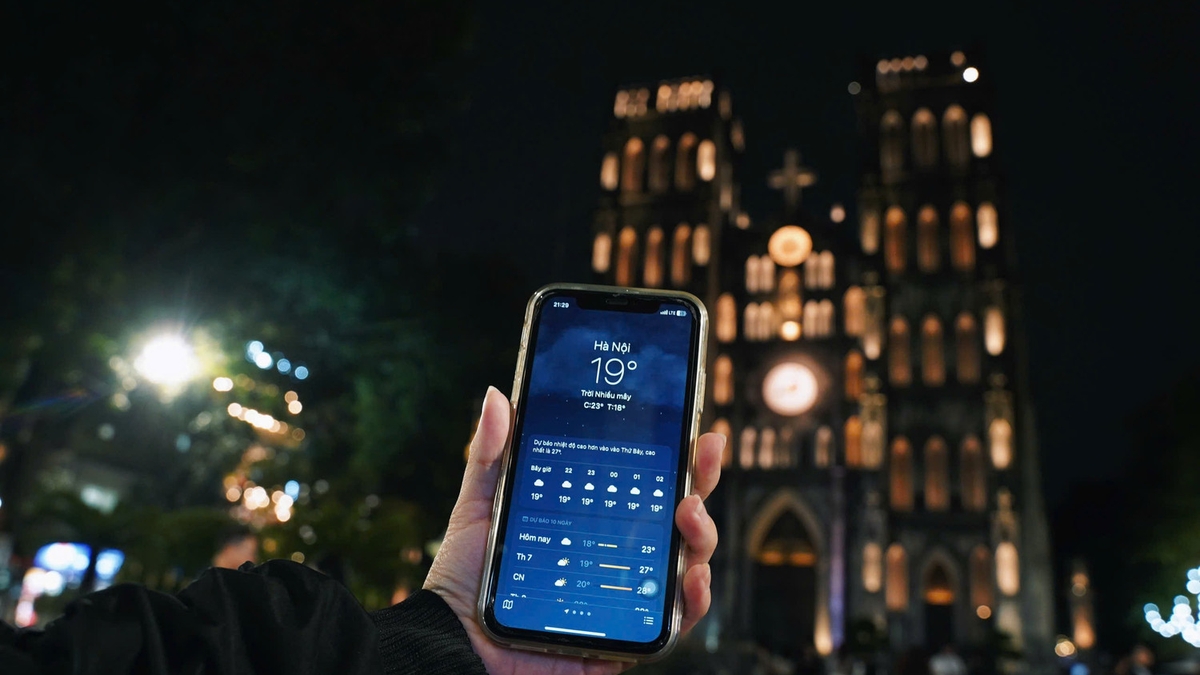
![[Photo] National Assembly Chairman Tran Thanh Man receives United Nations Secretary-General Antonio Guterres](https://vphoto.vietnam.vn/thumb/1200x675/vietnam/resource/IMAGE/2025/10/25/1761390815792_ctqh-jpg.webp)
![[Photo] Prime Minister Pham Minh Chinh and United Nations Secretary-General Antonio Guterres attend the Press Conference of the Hanoi Convention Signing Ceremony](https://vphoto.vietnam.vn/thumb/1200x675/vietnam/resource/IMAGE/2025/10/25/1761391413866_conguoctt-jpg.webp)
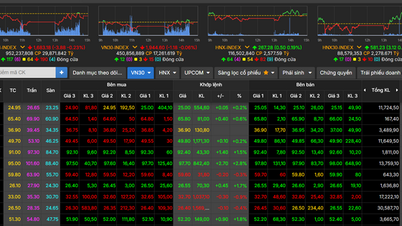

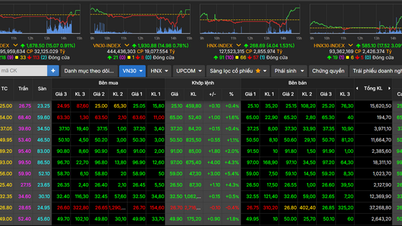

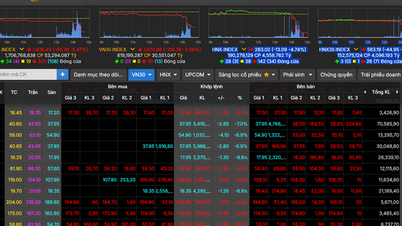


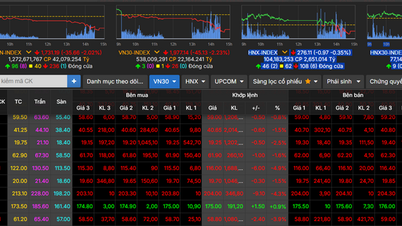







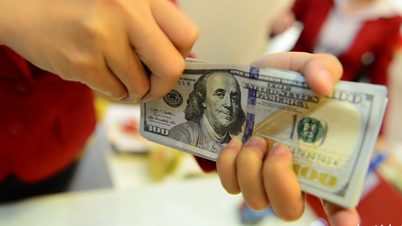













![[Photo] General Secretary To Lam meets with General Secretary and President of Laos Thongloun Sisoulith](https://vphoto.vietnam.vn/thumb/1200x675/vietnam/resource/IMAGE/2025/10/25/1761380913135_a1-bnd-4751-1374-7632-jpg.webp)













































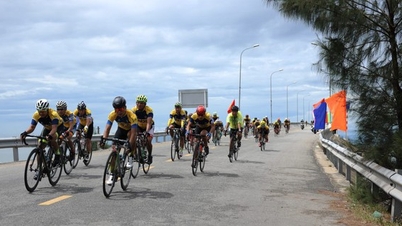






























Comment (0)